On January 12, 2012 in Las Vegas, Bonhams will offer a 105-year old Indian motorcycle for auction. It’s estimated to bring $80,000 and looks like scrap metal destined for the junk pile. Yet, this is something that makes the true collector’s heart race in anticipation: it’s an American classic in original condition.
1906 was an important year for the Hendee Manufacturing Company. During the previous year they moved into their newly built, state-of-the-art Springfield factory. Up until this time the Aurora Automatic Machine Company in Illinois made all of the engines for Indian motorcycles under contract license, but now Hendee Mfg. had in-house capacity to fabricate their own engines. They began by making one with a larger bore and stroke, thereby pushing the horsepower from 1.75 to 2.25. Two models of “motor bicycles” were offered that year: the Indian Roadster and the Indian Double Cylinder Racer.
The roadster had the new single-cylinder engine plus innovative improvements introduced in previous years: double twist-grip controls and convertible double-cushion front fork among them. According to the sale brochure, the basic color was “Royal Indian blue; all bright parts nickeled on copper. Options: Black or bright vermillion.” It was priced the same as the last year model. This is the motorcycle Bonhams is offering.
The 1906 Roadster was advertized as being “substantially six vehicles in one.” With attachments it could be converted into the Indian Tri-Car, Tricycle, Tandem, Triplet, and Van. This was the only year the Indian Motocycle was marketed in this manner and the Tri-Car would become popular only after the introduction of the 1907 “Indian Twin-Cylinder Motocycle”—identical to the 1906 Roadster other than the addition of the more powerful 4 hp V-twin engine. In my dreams I can picture these accessories included with the Bonham’s offering.
This summer I had the opportunity to examine an original 1907 Indian V-twin. Since next year’s models were introduced in August it is quite probable that the “Indian Twin-Cylinder Motocycle” I inspected was actually built in 1906. By sheer luck it happened to be standing next to an immaculately restored 1905 model. One was an aesthetic beauty. The other had corroding dry cell batteries, was coated with ancient grease and surface rust, rotting tires, and cracked plastic grips. I wish that I had a portfolio of detailed photos of the Indian that’s up for auction that would enable me to compare the three model years.
It’s tempting to restore a motorcycle to resemble showroom condition or simply so it can be ridden. Very few owners have resisted temptation so truly original antique motorcycles are quite rare. Much of what we know about America’s early motorcycles is based on survival of ephemera—brochures, manuals, advertisements, and photos—but these often don’t match the reality of modifications made during production of given models and years. Original bikes offer valuable clues as to when innovations actually took place.
The Indian coming up for auction in Las Vegas is a roadster with a diamond-frame and camelback design that is reputedly identical to both the 1905 and 1907 models. It has the longer, older-style Splitdorf-Hedstrom torpedo spark coil and the tubular battery case is missing from the down-tube. This bike is a snapshot in time; a historical artifact from a pivotal year in one of America’s most iconic manufacturers. As such, I think Bonham’s pre-auction estimate might be a tad low, but unfortunately I won’t be one of the bidders despite my curiosity.


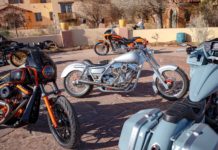
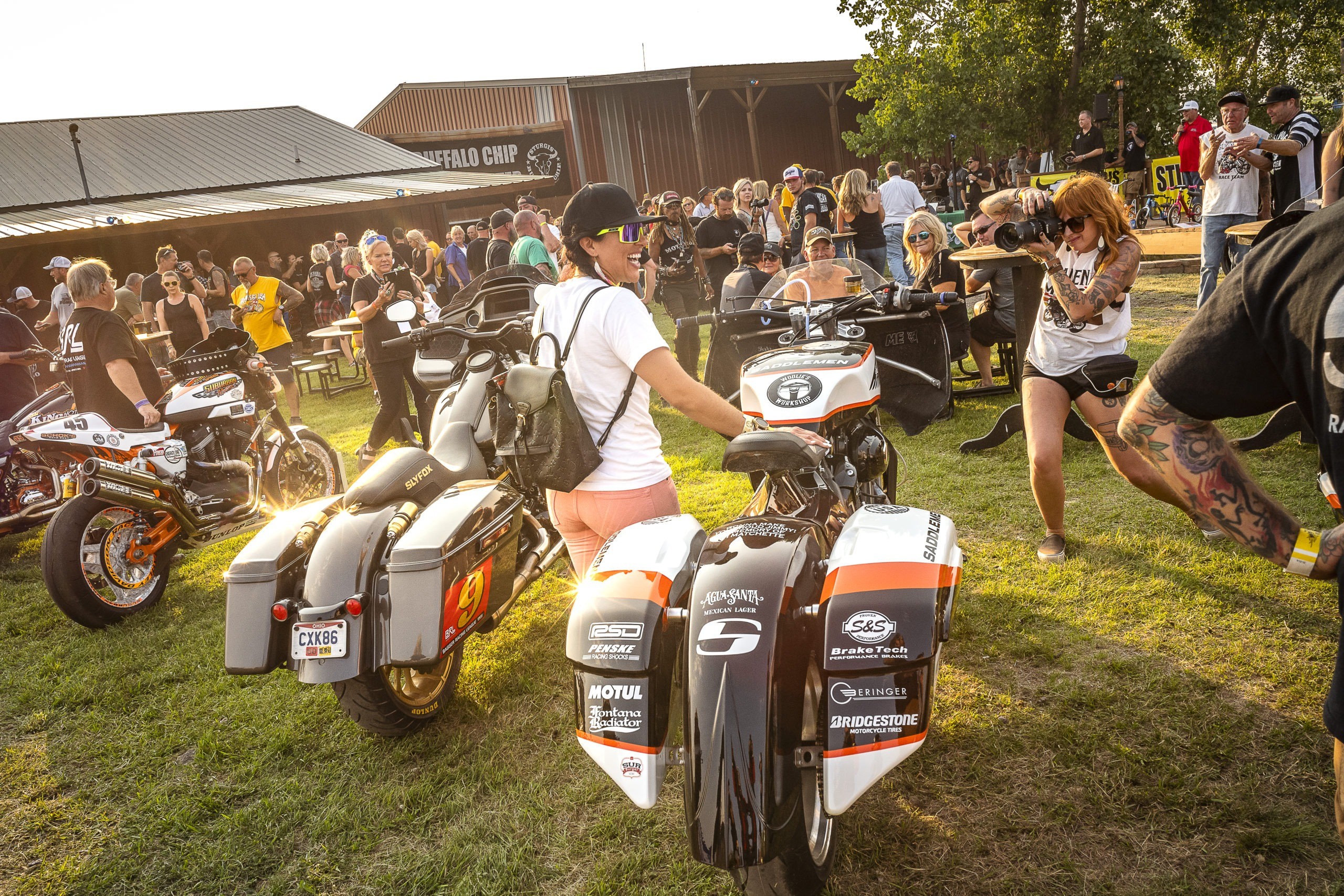
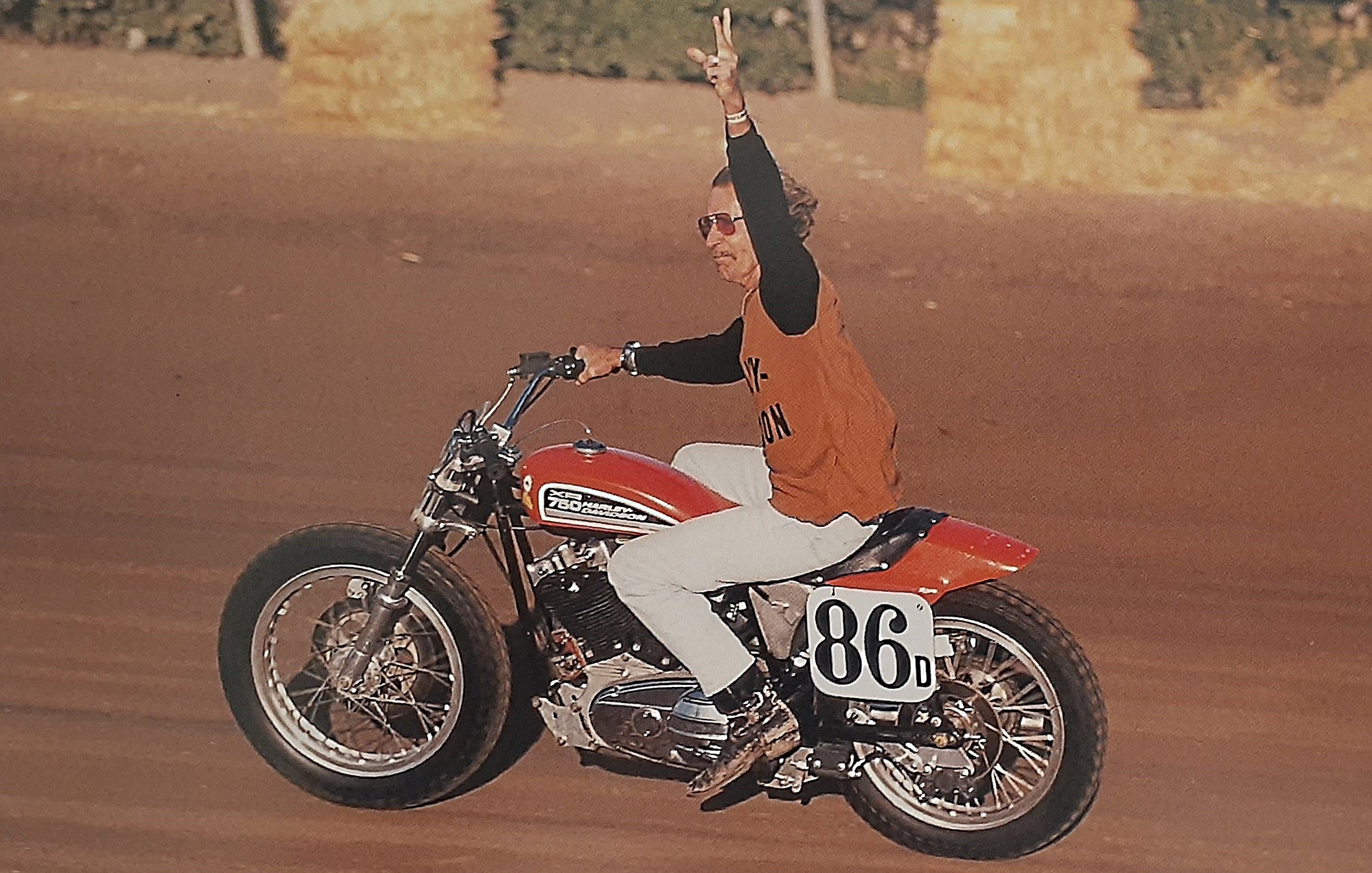
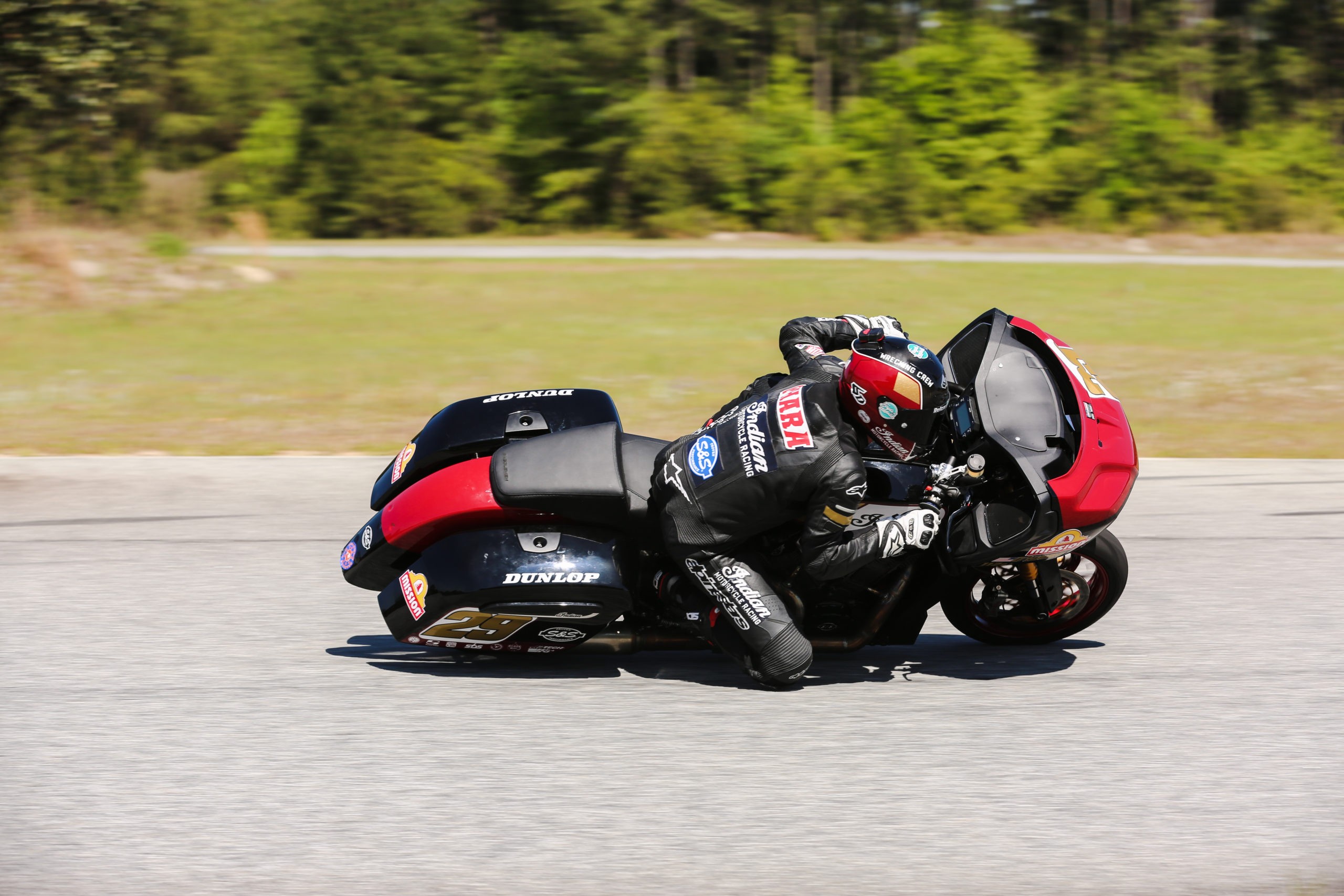
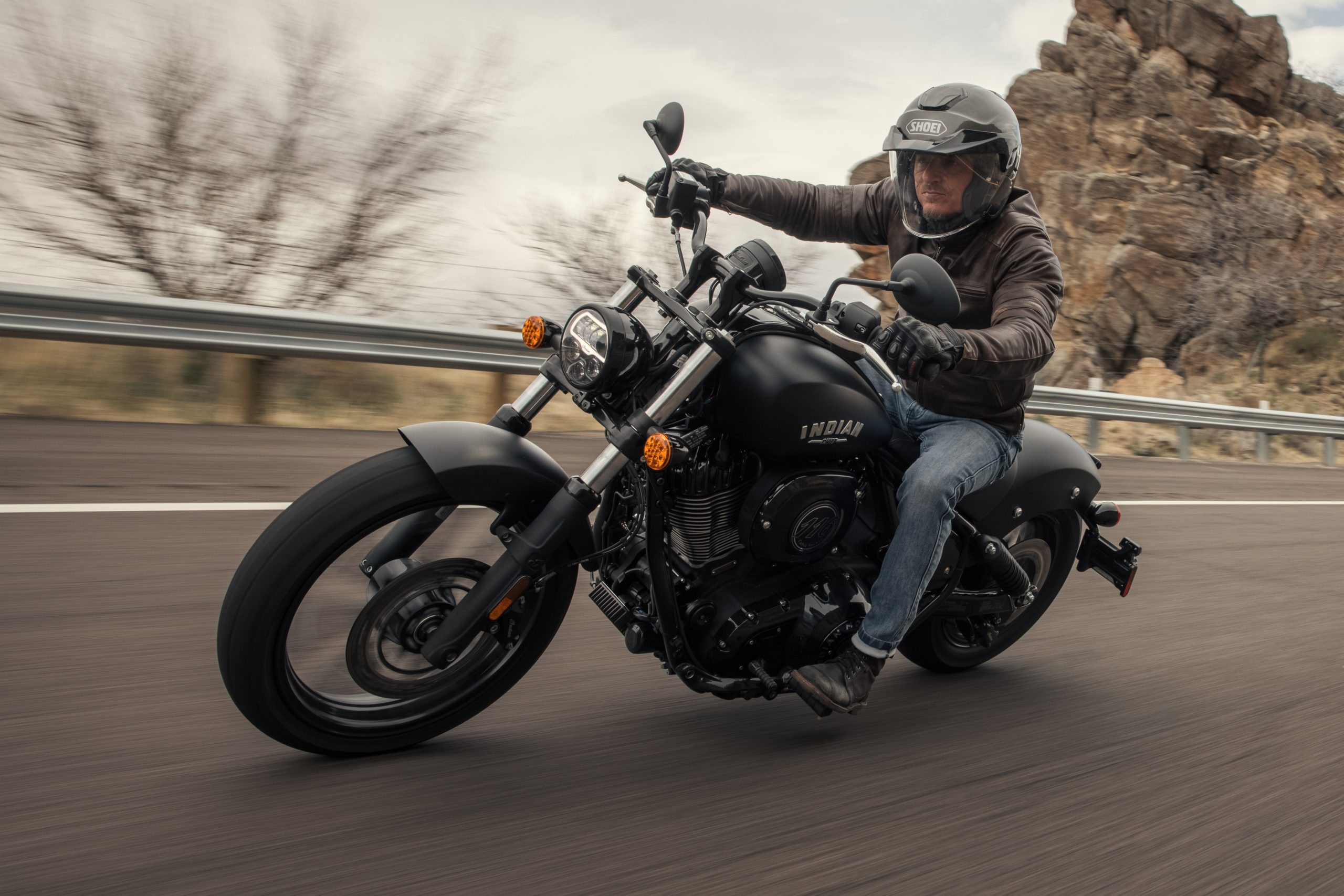












The 1906 Indian from the du Pont family’s collection went for $72,540. There were other great motorcycles being sold, including a 1928 Indian Chief that went for $46,800 and a 1911 Indian twin for $84,240. It’s also interesting to note that an original muffler for an Indian twin brought $3,750 and the carb for an Indian Henderson went for $3,250 while a complete 1912 Indian engine received a high bid of $8,750.